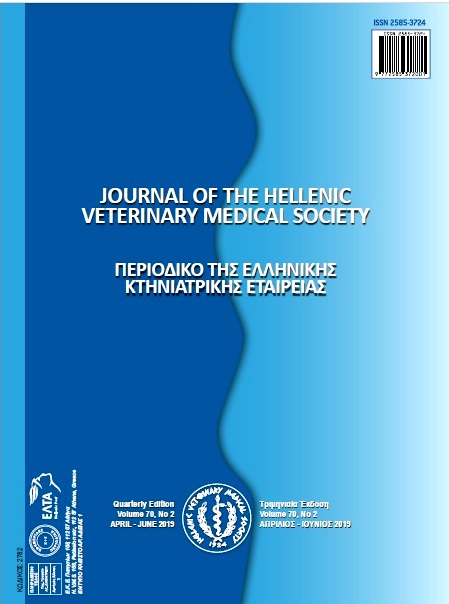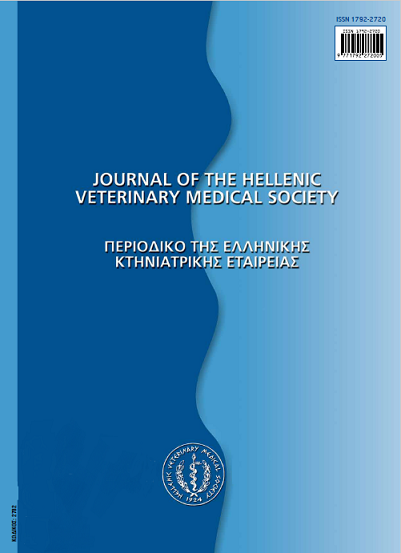Investigation of some gastric Helicobacter species in saliva and dental plaque of stray cats by cultural and PCR methods
Résumé
The purpose of this study was to explore the presence of gastric Helicobacter species in the oral cavity of stray cats in the Kars region. Saliva and dental plaque samples collected from 100 stray cats were evaluated by culture and PCR methods in terms of gastric Helicobacter species. For culture, samples were plated on 5% defibrinated-horse blood and 5% defibrinated-sheep blood enriched selective agar plates supplemented with Vancomycin (6 μg/ml), Polymyxine B (2.500 IU/l), Trimethoprim (20 μg/ml) and Amphotericin B (2.5 μg/ml). Molecular methods were also included to study by using the PCR targeting amplification of the 16S rRNA gene sequence for Helicobactergenus and urease B gene sequence for each Helicobacter species. As the results of cultural examination, Helicobacter spp. were isolated from 10 (10%) cats (10 saliva and 5 dental plaque samples) and these were further identified as H. heilmannii by PCR. Direct analysis of samples by genus-specific PCR revealed that a total of 70 (50 saliva and 20 dental plaques) samples from 65 cats were positive in terms of Helicobacter DNA. As the results of species – specific PCR analysis of these samples 34 (48.57%) (24 saliva and 10 dental plaque samples) were identified as H. heilmannii, while the remaining 36 (51.42%) were found to be negative in terms of related species (H. heilmannii, H. pylori and H. felis). It has been concluded that these bacteria, identified in the oral cavity of the cats, may play a role in transmission of infection to humans.
Article Details
- Comment citer
-
TARHANE, S., & OTLU, S. (2019). Investigation of some gastric Helicobacter species in saliva and dental plaque of stray cats by cultural and PCR methods. Journal of the Hellenic Veterinary Medical Society, 70(2), 1573–1578. https://doi.org/10.12681/jhvms.20863
- Numéro
- Vol. 70 No 2 (2019)
- Rubrique
- Research Articles

Ce travail est disponible sous licence Creative Commons Attribution - Pas d’Utilisation Commerciale 4.0 International.
Authors who publish with this journal agree to the following terms:
· Authors retain copyright and grant the journal right of first publication with the work simultaneously licensed under a Creative Commons Attribution Non-Commercial License that allows others to share the work with an acknowledgement of the work's authorship and initial publication in this journal.
· Authors are able to enter into separate, additional contractual arrangements for the non-exclusive distribution of the journal's published version of the work (e.g. post it to an institutional repository or publish it in a book), with an acknowledgement of its initial publication in this journal.
· Authors are permitted and encouraged to post their work online (preferably in institutional repositories or on their website) prior to and during the submission process, as it can lead to productive exchanges, as well as earlier and greater citation of published work.




